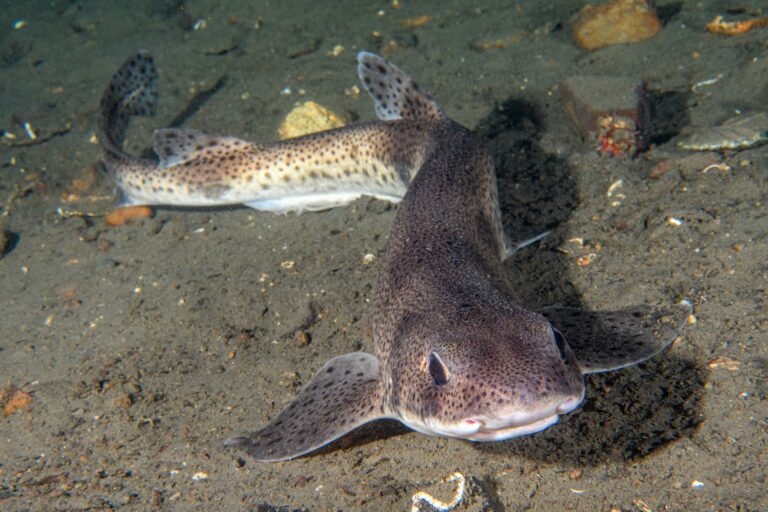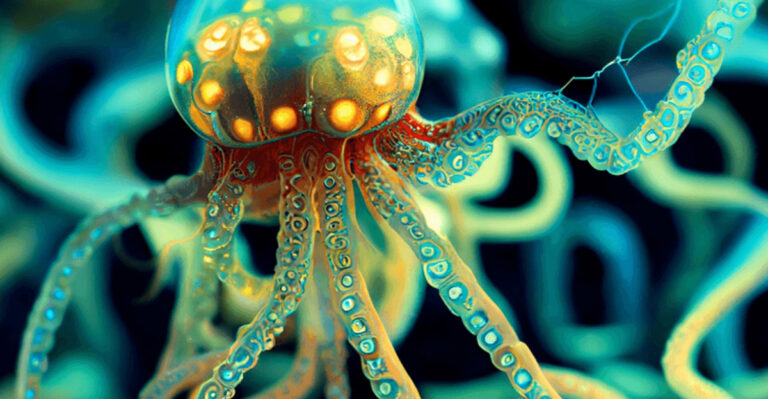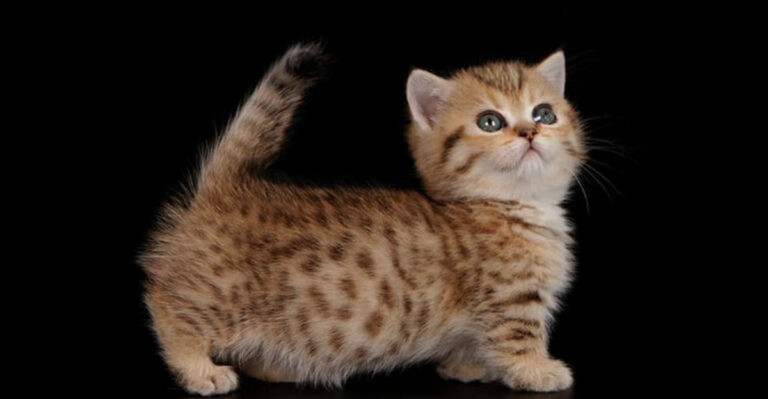9 Lethally Toxic Animals You Shouldn’t Touch No Matter What
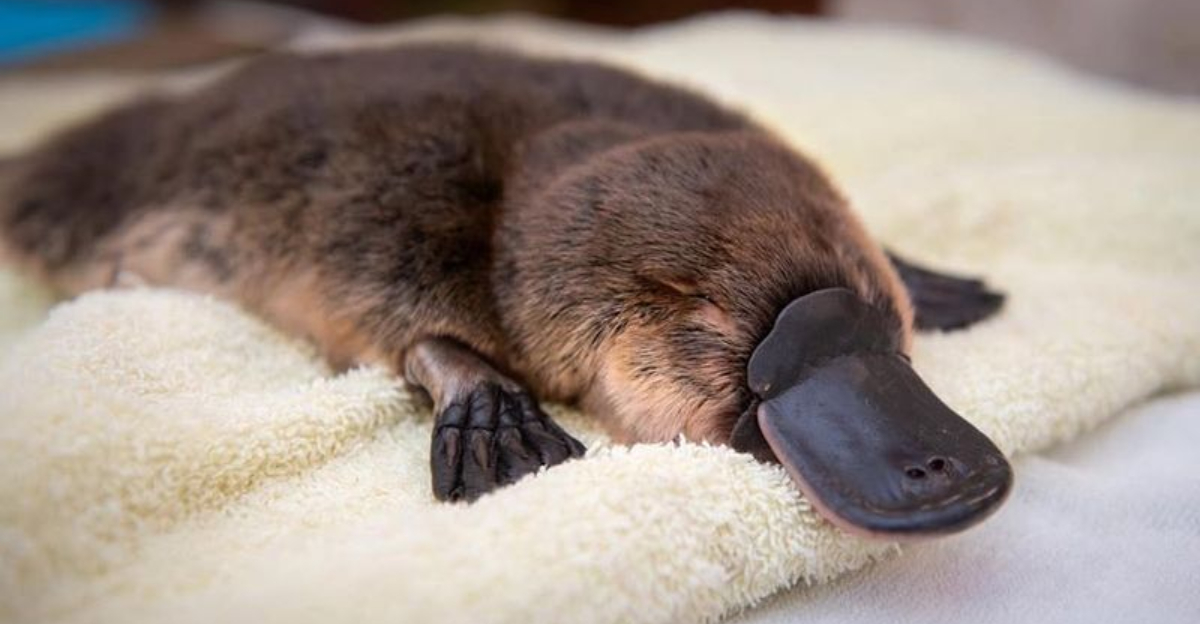
In the vast and vibrant animal kingdom, danger often lurks beneath the surface. While some creatures charm us with their beauty, others are armed with potent toxins.
These toxic titans of nature demand respect and distance, for a single touch could spell disaster.
1. Stonefish
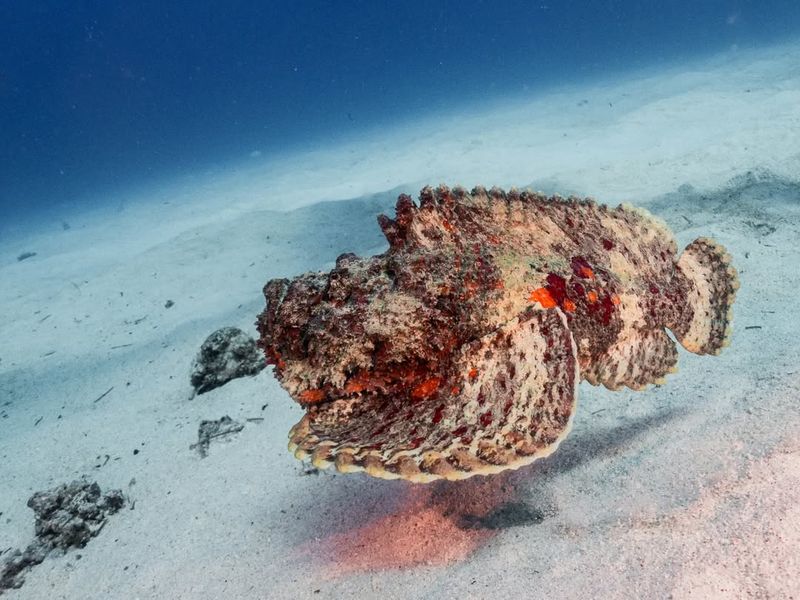
Imagine stepping on a rock only for it to sting back; that’s the stonefish for you. This master of disguise lurks in the shallow waters, blending perfectly with its surroundings.
With venomous spines that deliver an excruciating sting, it’s crucial to watch your step. Stonefish don’t just sit around waiting for a foot massage; they’re adept hunters, using their camouflage to ambush prey.
Should you encounter one, it’s best to admire it from a safe distance and let it be.
2. Box Jellyfish
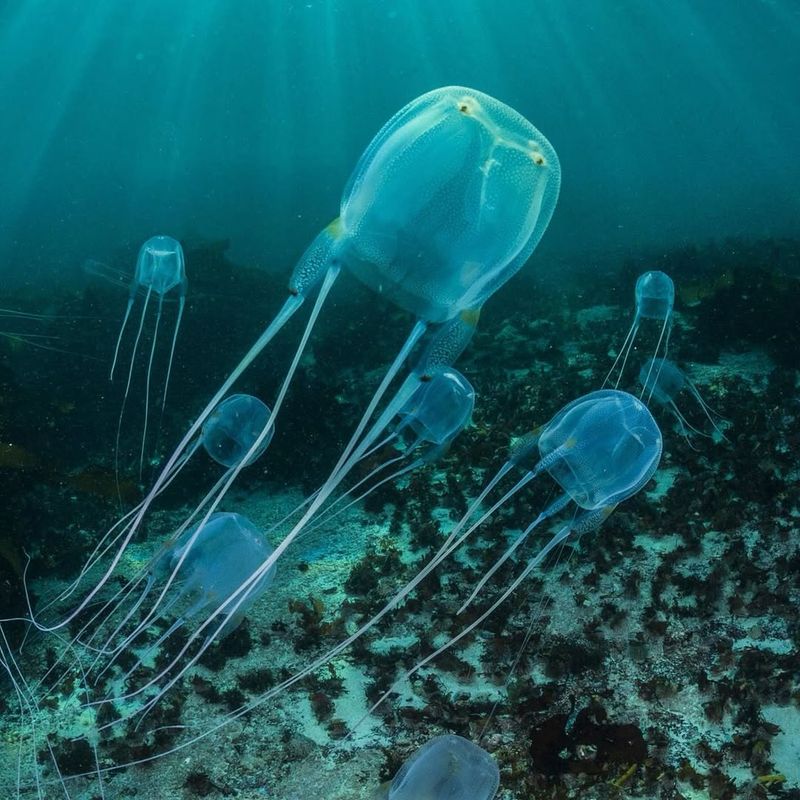
Floating like transparent phantoms, box jellyfish are a sight to behold, from a distance of course. Their tentacles contain potent venom, causing severe pain and even cardiac arrest.
These aquatic apparitions haunt the waters of the Indo-Pacific, so swimmers beware. Despite their delicate appearance, they pack a powerful punch.
Encountering one could turn a pleasant swim into a painful ordeal. When in jellyfish territory, staying vigilant and avoiding these creatures is the best approach.
3. Platypus
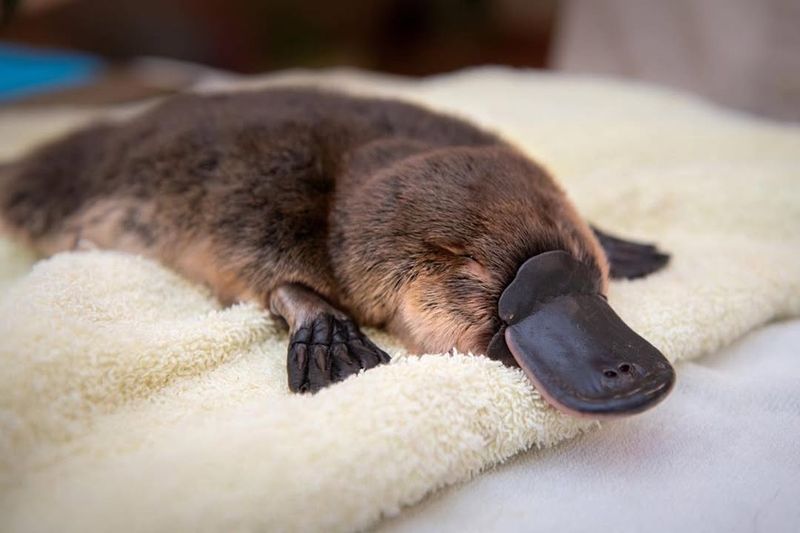
Think platypuses are just cute, quirky, duck-billed mammals? Think again. Male platypuses are equipped with venomous spurs on their hind legs.
This venom can cause extreme pain and swelling, definitely not the cuddly experience you might imagine.
Found in the waterways of Australia, these oddballs are a reminder that nature’s quirkiest creatures can also be dangerous.
Admiring them from afar in their natural habitat is wise, especially during mating season when they’re most defensive.
4. Golden Poison Frog
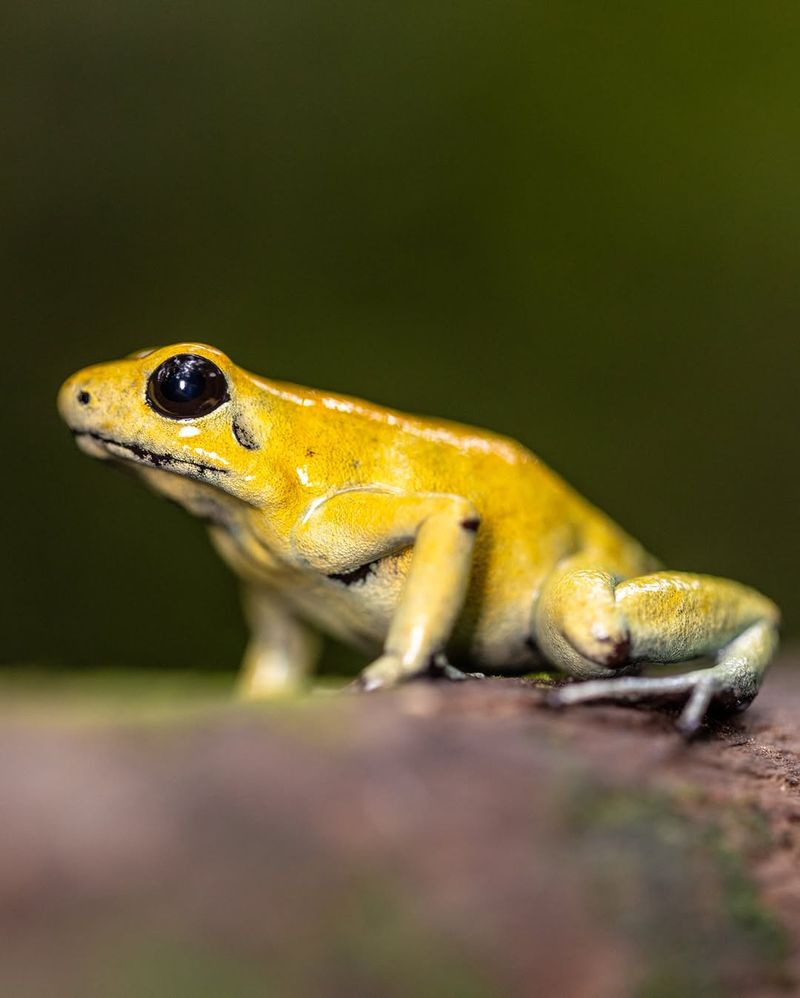
Despite their small size, golden poison frogs carry enough toxin to harm up to 20 humans. These vivid amphibians from the Colombian rainforest are a lethal marvel of nature.
Their bright coloration is a visual warning: look but don’t touch. Indigenous people use their toxins for hunting, a testament to its potency.
Fascinating yet fatal, these frogs embody nature’s paradox of beauty and danger. Observing them requires caution and respect, a lesson in the power of nature’s smallest creatures.
5. Cone Snail
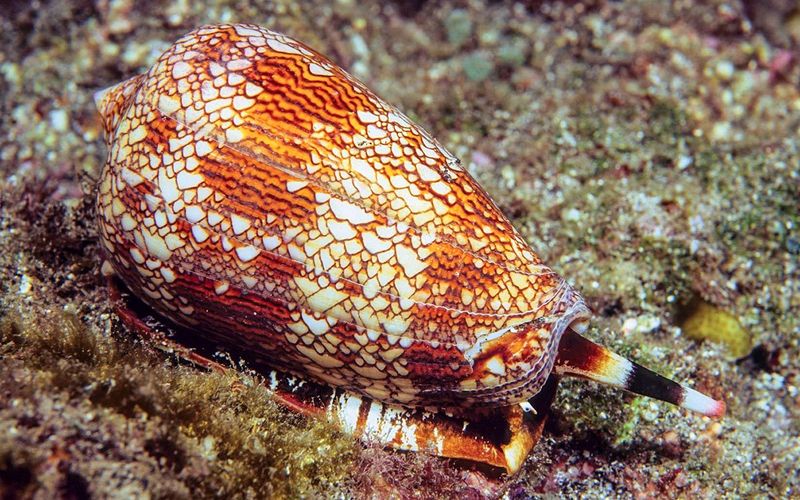
Looking like an innocuous seashell, the cone snail is anything but benign. Found in tropical waters, these snails wield a harpoon-like tooth that delivers a paralyzing venom.
A single sting can have serious consequences, even for humans. Although they move slowly, their venom acts fast.
Cone snails teach us that danger often comes in beautiful packages. Collecting shells might be tempting, but when it comes to these snails, a hands-off approach is best.
6. Pufferfish
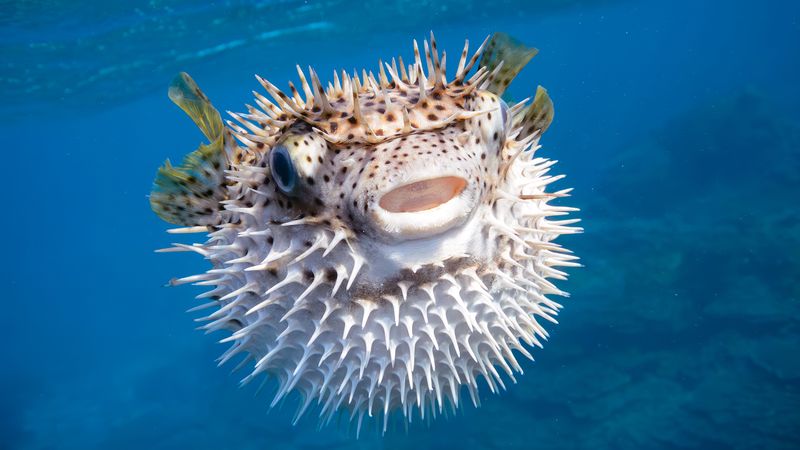
Pufferfish might look comical when puffed up, but their toxins are no joke. Containing tetrodotoxin, they’re among the most poisonous animals found in the ocean.
Chefs who prepare them need special training to avoid poisoning diners. Native to tropical seas, these fish are a testament to nature’s fascinating defense mechanisms.
Their charming appearance belies their lethal potential. Admiring their spiky transformation from a safe distance is recommended, leaving the culinary adventures to the experts.
7. Brazilian Wandering Spider
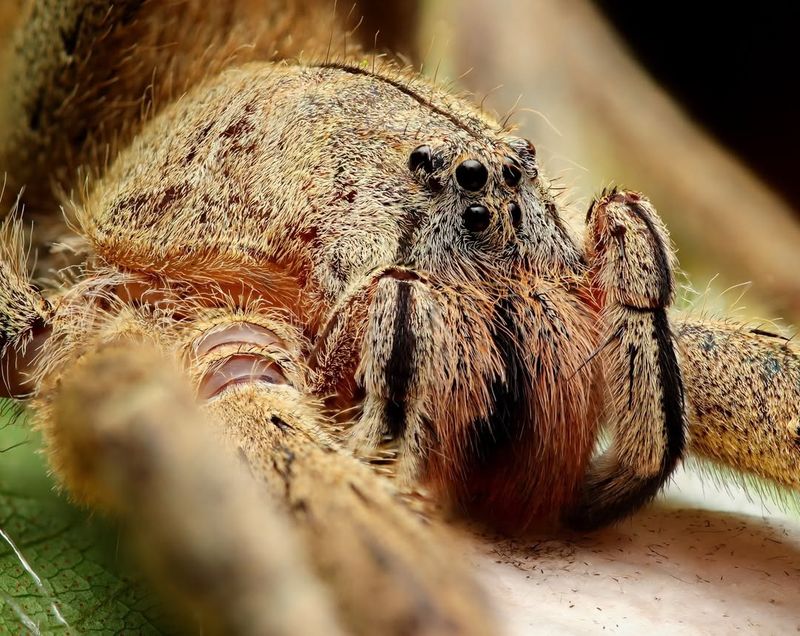
Nicknamed the banana spider, this arachnid isn’t found in your average fruit bowl. The Brazilian wandering spider holds a spot in the Guinness World Records for being one of the most venomous spiders.
Its venom can cause intense pain, and it’s suggested to avoid unwanted close encounters. Encountering one during a trek through the Amazon might make you rethink your travel plans.
Their wandering nature means they can pop up anywhere, adding an element of surprise to their danger.
8. Tsetse Fly
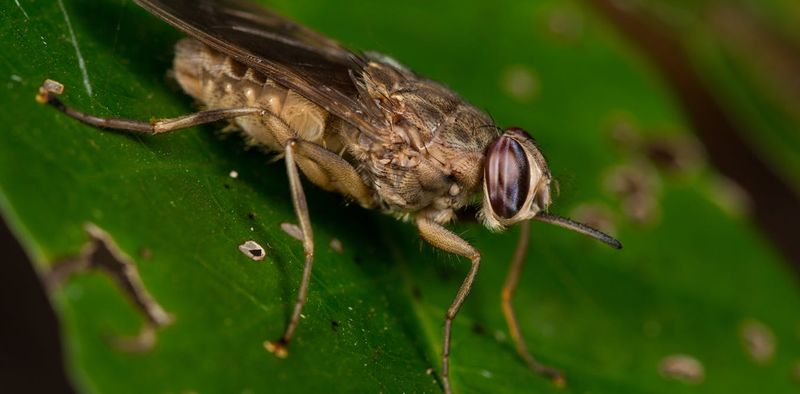
Not your ordinary housefly, the tsetse fly is a notorious vector for sleeping sickness.
Found in sub-Saharan Africa, their bite transmits parasites causing severe illness in both humans and animals.
Their innocuous appearance hides a secret, turning an afternoon in the savannah into a health hazard.
These flies remind us that size doesn’t correlate with danger. When in tsetse fly territory, wearing protective clothing and using insect repellent can help prevent disease transmission.
9. Blue-Ringed Octopus
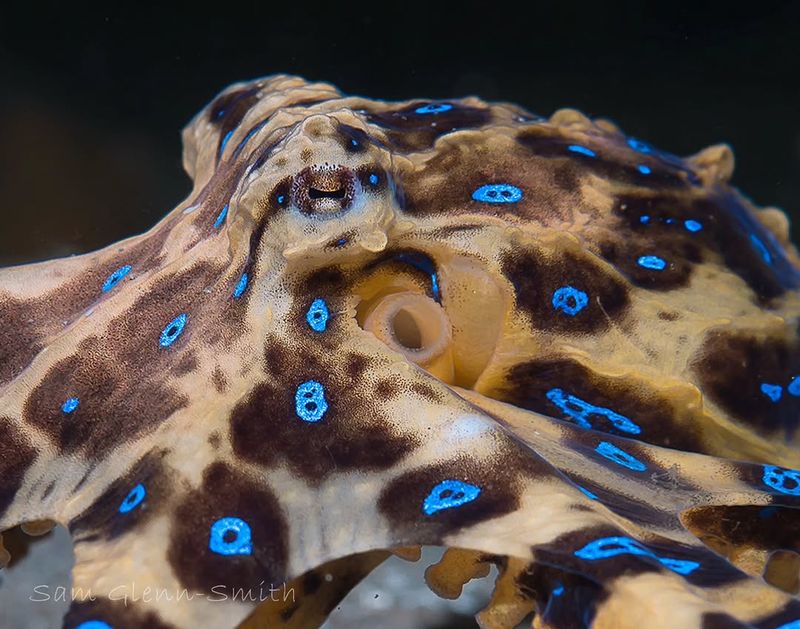
Despite their small size, blue-ringed octopuses pack a venomous punch. Their bright blue rings serve as a warning sign, not a fashion statement.
Found in the Pacific and Indian Oceans, they carry enough venom to end multiple human lives. Handling these creatures is a definite no-no, as their toxins can lead to paralysis.
Their beauty is mesmerizing, yet it’s best admired from a distance. Respecting this miniature marvel’s space is crucial, ensuring both your safety and the octopus’s well-being.

